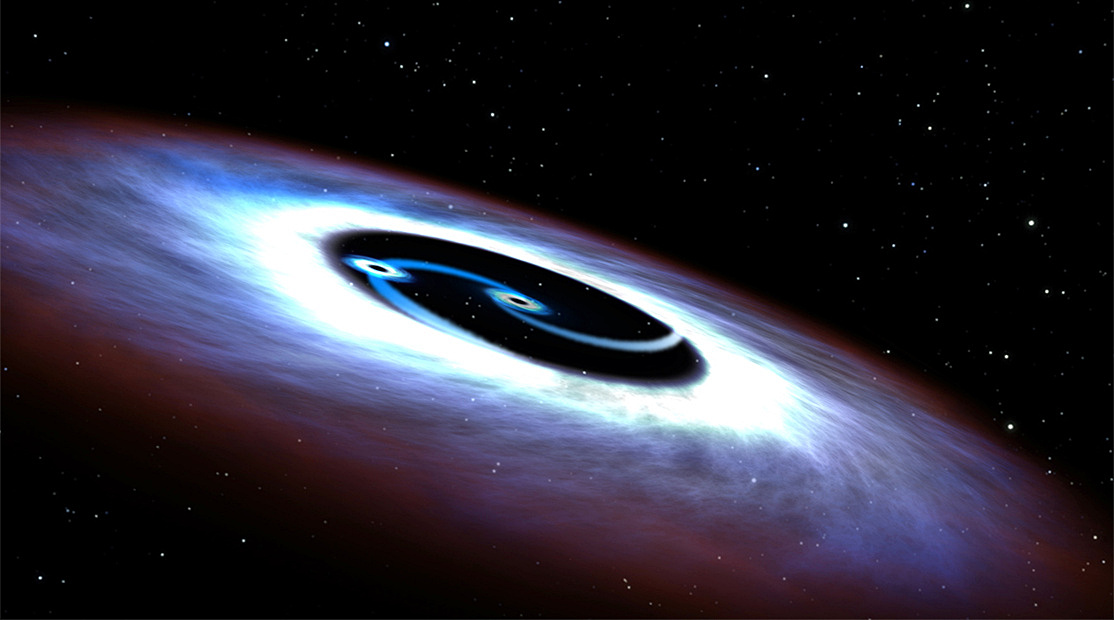A quasar in a galaxy close to us turned out to be a system of two black holes

Astronomers from the University of Oklahoma using their telescope. Hubble, found interesting details about the Markaryan 231 galaxy. It is the closest galaxy to us from those that contain a quasar in its center. It turned out that her quasar is actually two supermassive black holes rotating at a great speed relative to the common center.
Galaxy Markaryan 231 is located 600 million light-years from Earth in the constellation Ursa Major. It was discovered in 1969 during a search for galaxies with strong ultraviolet radiation. She got her name in honor of the Soviet Armenian astronomer Veniamin Egishevich Markaryanwho made many important discoveries in astronomy: in particular, he was the first to put forward the idea of the presence of non-thermal ultraviolet radiation in the nuclei of galaxies.
The galaxy Mrk231 was immediately isolated by scientists because of the unusual brightness of the quasar in its center. Quasars are one of the brightest objects in the Universe, the radiation power of which often exceeds the total radiation power of all stars in the galaxy. It is generally accepted that such radiation is obtained by the absorption of an accretion disk of matter by a supermassive black hole.
The dance of black holes in the center of Mrk231 was a surprise for scientists. If the typical case with one black hole and an accretion disk would turn out to be a quasar, then in the ultraviolet the whole disk would shine brightly - this is how accelerating matter behaves, moving in a spiral towards the black hole. Instead, scientists found something like a donut in the pictures - the glow abruptly cut off as it approached the center of education.
Based on computer dynamic models, the best explanation for this effect is two black holes rotating around a common center, whose orbit outlines the inside of the donut. Moreover, the smaller of the two black holes has its own small accretion disk, which also emits in the ultraviolet.

“We are happy to find it because it gave us not only the opportunity to study the closest known black hole binary system, but also the way to find new binary systems through their special radiation in the ultraviolet,” says Youjun Lu from China State Observatory, participated in the project.
Scientists explain that such binary systems are a natural result of combining two galaxies into one. The smaller of the two black holes remained from the galaxy colliding with Mrk231 - this is evidenced by the asymmetric shape of the galaxy, as well as a large number of young blue stars. As a result of a collision in this galaxy, stars are born 100 times more often than in the Milky Way.
A large black hole in the center of Mrk231 weighs 150 million times more than the Sun, and a smaller one - 4 million times. The period of their mutual circulation is 1.2 years. They should merge together after several hundred thousand years.
